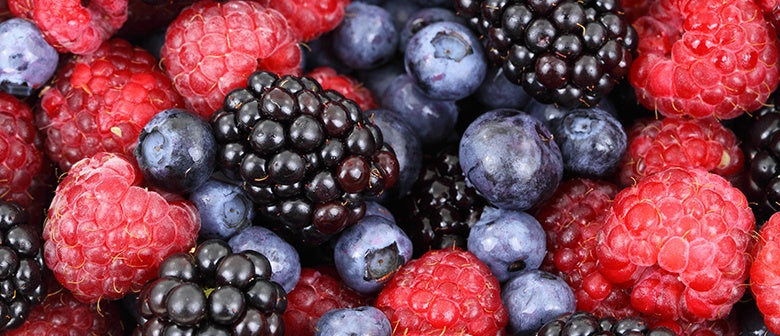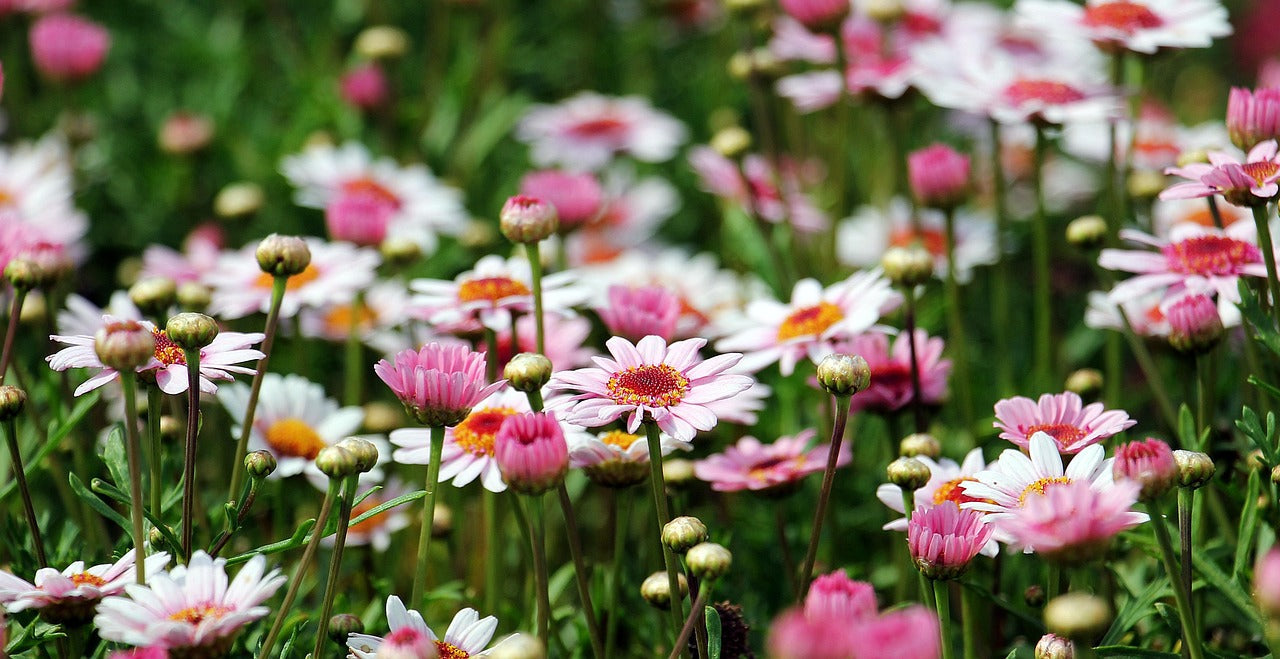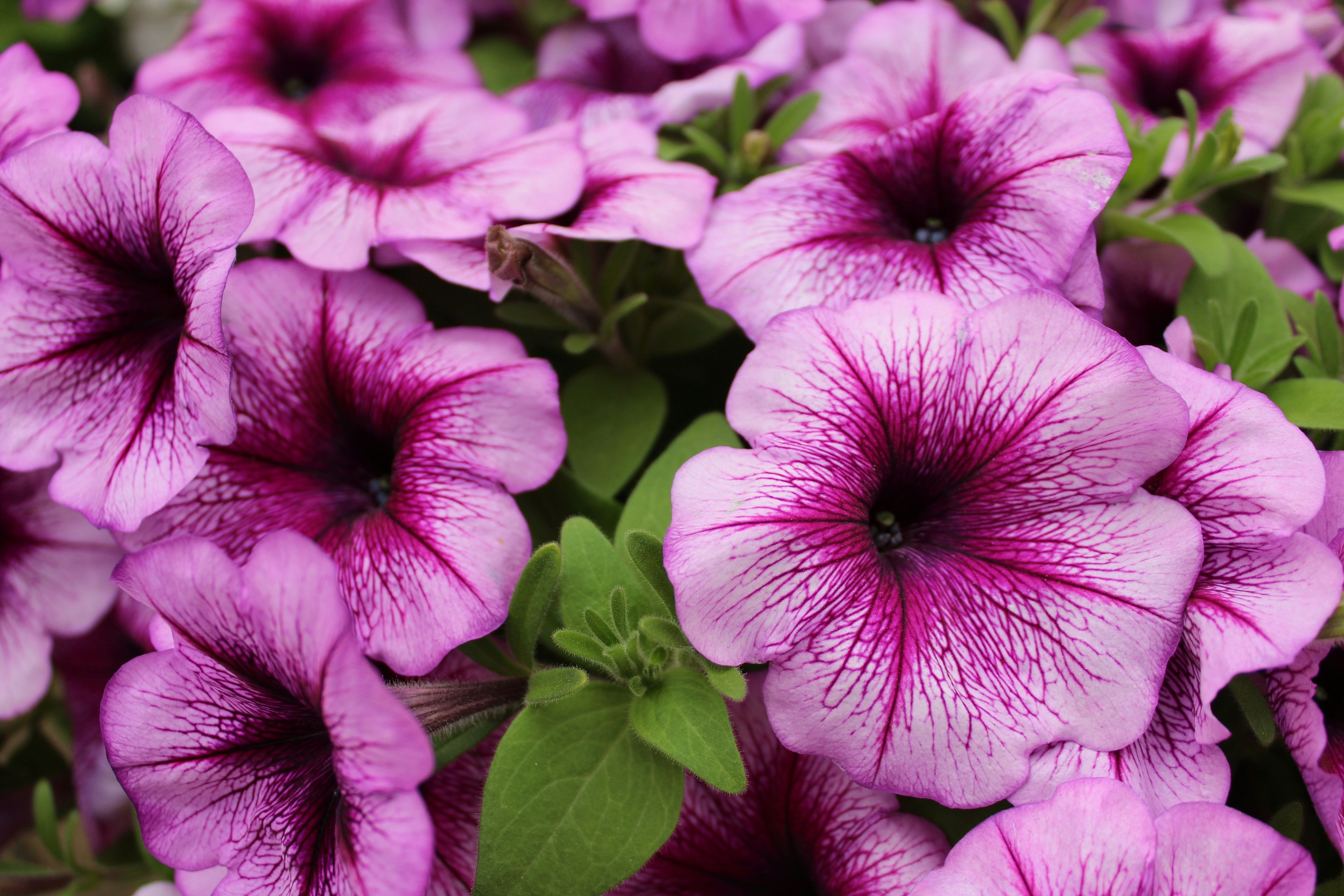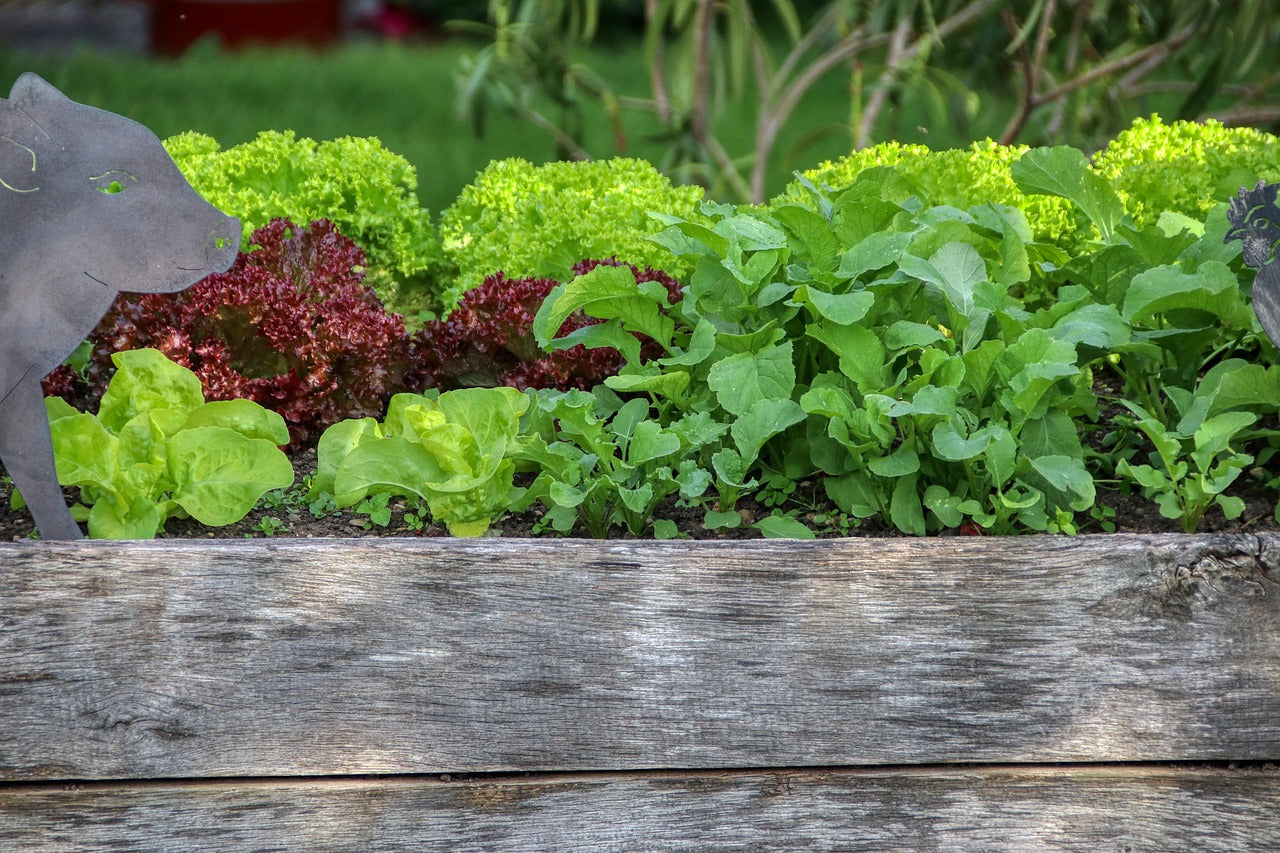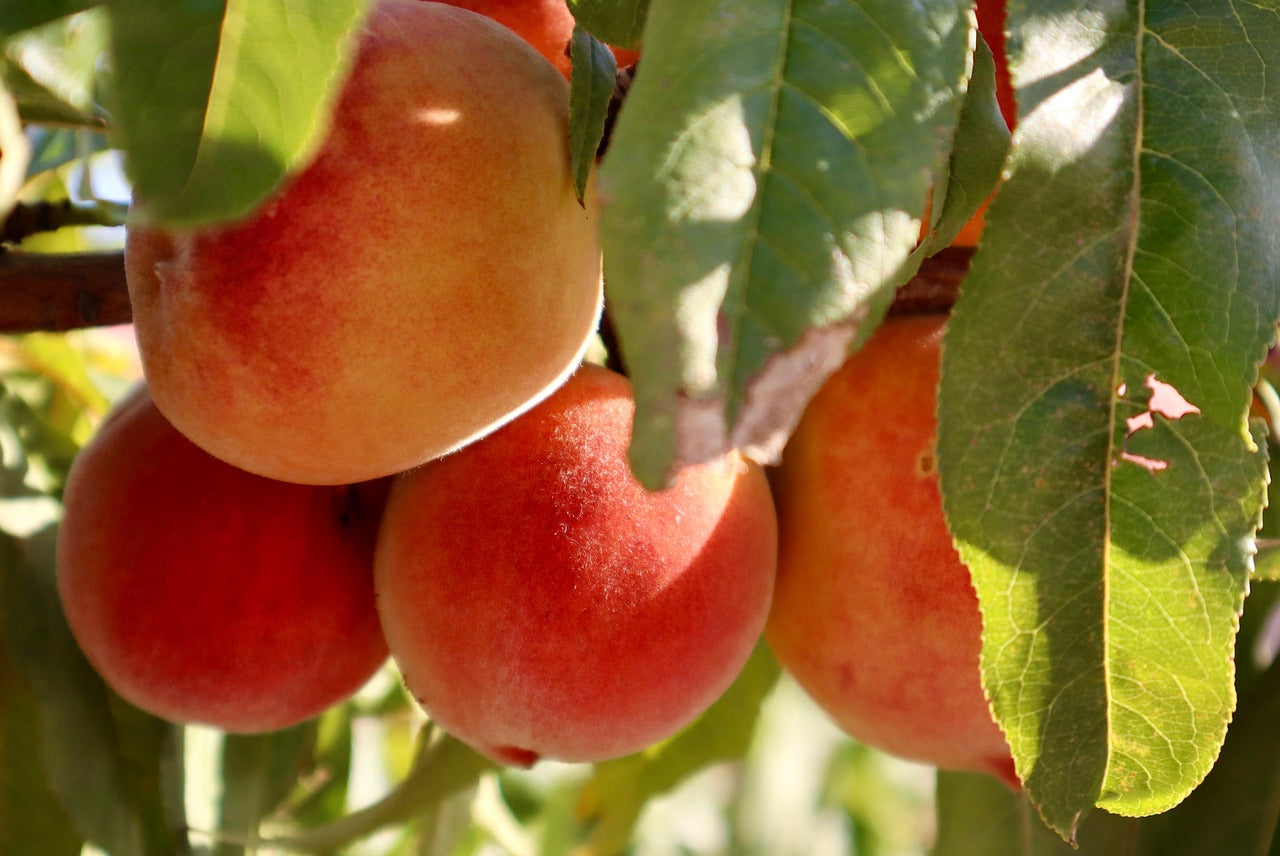Growing berries in your own garden is easier than you think. There is nothing better than enjoying a delicious mix of berries in the summertime! Check out our top berry growing tips below.
Blueberries
Blueberries are popular in home gardens because they can grow in a small space as well as in pots. Sporting attractive foliage, flowers and Autumn colour, blueberries make an ideal hedge or a stand-alone garden specimen.

When to plant
Blueberries are hardy customers and can be planted year-round. It’s recommended that you plant more than one plant, this aids cross pollination and increases yield. The generic fruiting time is between December and April.
Where to plant
Blueberries are cold hardy and require chilling hours to set fruit and leaves, and can be grown in all regions of New Zealand. Plant in full sun, though they can handle some afternoon shade.
Soil
Blueberries thrive in acidic soil that is moist and rich in organic matter. Blueberries do not like wet feet, well-draining soil and a raised garden bed will help with drainage.
Pruning
Flower buds are formed on the outer parts of the current season’s growth in late Summer as the stems mature. Fruit is borne on last season’s wood, and vigorous wood bears the largest fruit. It is recommended to remove dead or diseased wood, weak growth, and old twiggy branches. After 4-5 years, the oldest branches may need cutting back to the crown to encourage vigorous new growth. Pruning to shape may be done at any time, but heavy pruning is best done in winter dormancy.
Boysenberries
Boysenberries are a delicious fruit that looks like a cross between a raspberry and a blackberry – which in fact they are.
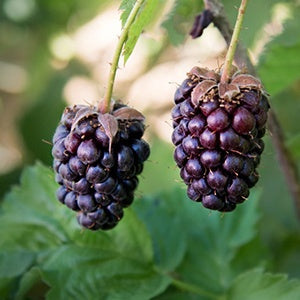
When to plant
The best time to plant is in late Autumn or Winter when the plants are dormant, however you can still plant in Spring.
Where to plant
Find a sunny spot that is sheltered as boysenberries do not tolerate wind or salty conditions. Plant in a warm well drained site with good moisture during fruit ripening. Boysenberries behave similarly to blackberries, so will need support for their fruiting canes. They can be trained against trellis or fences.
Soil
Boysenberries like a rich, free draining soil with lots of organic material in it. Soil should be slightly acidic – so look for lots of organic material as an indicator. If your soil is sandy or slightly sticky then you’ll need to add peat and well-rotted compost at the time of planting and continue to mulch with rich compost as your plants get established. You can always grow a boysenberry plant in a container or raised bed filled with peat and well-rotted organic compost if you have a sticky clay soil.
Pruning
In Winter, cut the canes that fruited to ground level. Remove any diseased, dying and damaged wood.
Top tips
Keep the soil evenly moist but not wet at the base of the plant. Companion planting near marigolds will draw predatory insects such as ladybugs.
Blackberries
A small brambling berry that is black and bittersweet.

When to plant
The best time to plant is in late Autumn or Winter when the plants are dormant, however you can still plant in Spring.
Where to plant
Plant blackberries in a sunny spot but with some shade from afternoon sun, that is sheltered from strong winds. As blackberries can handle winter frosts down to -6 degrees, they can be grown countrywide. They are often trained against trellis or fences.
Avoid areas that have/ have had peppers, tomatoes, strawberries, potatoes or eggplants because they contain similar bugs that blackberry plants are susceptible to.
Soil
Pick a spot where the soil has good moisture content that drains well and is rich with organic matter.
Pruning
Blackberries should be pruned in Winter when the plant is dormant. Cut out the weak, fruited and old canes. Blackberries have a sprawling habit so trim back the canes that are on the ground, or train them up a trellis, pillar or frame.
Our favourite varieties
Black Satin: thornless variety with large sweet fruit produced between February and March. Grows to about head height. Good for warm areas.
NZ Cranberries
An attractive groundcover plant with its strong purple autumn tones.

When to plant
New Zealand cranberries can be added to your garden at any time of the year. However, we recommend avoiding extreme temperatures so try to aim for Autumn or Spring planting. The plant generally fruits in March and April in its third or fourth year.
Where to plant
Cranberry plants prefer full sun but will grow in a lightly shaded position. They are tough and can withstand fairly hot summer temperatures, are cold hardy and wind tolerant, plus they taste delicious!
Soil
If you have an acidic area that needs filling, a cranberry plant is your go to as this is their preference. We recommend a generous layer of mulch at planting time to reduce weeds. Well-draining soil is recommended, especially during the active growing season to promote proper root growth and function. Cranberry plants will tolerate wet soil, but it is not advised. Make sure that you keep young plants moist until they are established.
Pruning
Fruit is borne on previous season’s growth and pruning is not necessarily required unless branches are diseased, dying or are tangled.
Top tips
Can be used as ground-cover, around ponds or spilling over banks or hanging baskets.
Raspberries
The delicate unique flavour makes raspberries a favourite with fruit lovers today. An excellent variety for home gardener.

When to plant
The best time to plant is in late Autumn or Winter when the plants are dormant, however you can still plant in Spring.
Where to plant
Find a sunny spot and your raspberry will be happy. If you’re in a Northern area, planting in a spot that is shaded from afternoon sun is advisable. Raspberry plants do not mind being exposed to winds, but will not tolerate salty conditions. Chilling hours are needed to set fruit, but if you can grow apples you can grow raspberries.
Soil
Plant in soil that is rich in organic matter, good drainage is essential. If you’re unsure of how well drained the site is, plant in a raised bed. Raspberry roots are close to surface so they will benefit from mulching with organic matter and regular watering during dry periods.
Pruning
Prune out dead, old and fruited canes so there are 10 – 12 strong canes left per metre.
Top tips
A well-tended bed of brambles will produce for ten years or more – so your supply of raspberries will be more than sufficient!
If you’re not already convinced enough about growing berries at home, check out some of our favourite recipes:

